Shocking loss: 49 native animals recommended for threatened species list
Australian scientists are just beginning to understand how the bushfires decimated populations of native animals. See the full list of species that are now – suddenly – under threat.
Animals
Don't miss out on the headlines from Animals. Followed categories will be added to My News.
Nearly 50 different types of native animals should be added to Australia’s threatened species list as a result of the 2019/20 bushfire season, according to new research.
A paper from University of Queensland scientists published today in Nature Ecology and Evolution found that habitat areas of 832 different species burned in the bushfires, and 49 of those species should be investigated for possible addition to the threatened list.
Three of the animals – the Kangaroo Island dunnart, the long-footed potoroo and Kate’s leaf-tailed gecko – had more than 80 per cent of their habitat burnt.
A further 16 species had more than half their entire habitat area consumed by the fires.
It has previously been estimated that one billion individual animals perished during the bushfire season, but the new research provides the first broad overview of the fires’ massive toll on Australia’s native wildlife.
“We’ve got a lot of species in the emergency room now, and if we don’t act, they’re going to be in the morgue,” lead researcher Professor James Watson told News Corp.
“They’ve very vulnerable. Any kind of extreme event could wipe them out.”
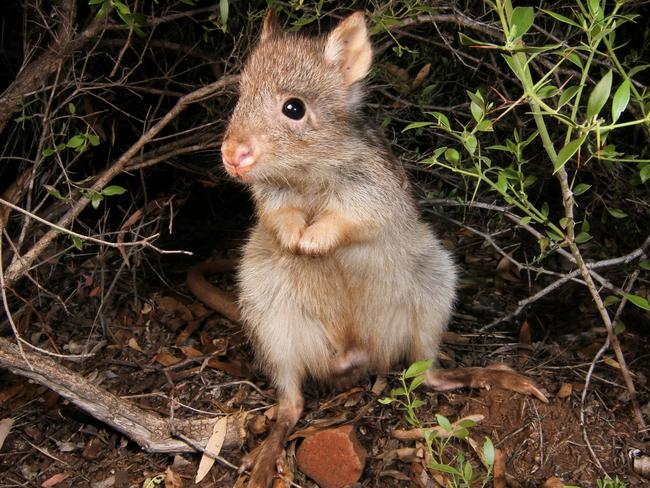
Inclusion on the threatened species list would “theoretically protect” the animals’ habitat under the Environment Protection and Biodiversity Conservation (EPBC) Act, Prof Watson said, although he said in practice the Act sometimes afforded no such protection.
The list of 49 species revealed some of the individual areas that suffered the biggest biodiversity losses from the fires, including Kangaroo Island, with three unique species now likely threatened, and the Blue Mountains, with two.
Prof Watson said the surviving members of some species faced a myriad of threats, including natural predators, introduced feral pests, habitat destruction, disease and more bushfires.
“We’ve got to manage those threats so if another fire occurs they have a fighting chance,” he said. “The evidence clearly shows that forests that have not been logged, not been cleared were quire resilient to the fires; they did not burn as logged forests or managed forests or forests that have been eroded through human activity (did). So those forests are really critical places of refuge and those places should be protected.”
A spokesperson for the Federal Department of Agriculture, Water and the Environment said the Australian Government’s investment in bushfire recovery for native wildlife was now more than $200 million.
An expert panel chaired by Threatened Species Commissioner Dr Sally Box has met 14 times since January. It has identified protecting unburnt areas adjacent to bushfire zones as a priority, along with feral pest control and the provision of shelter, food, and water for affected animals.
A spokesperson for the SA Department for Environment and Water revealed that although the bushfires had devastated animal populations on Kangaroo Island, there were survivors, as well as new life.
Twenty glossy black cockatoo chicks have hatched on the island since the fires, despite the species losing 75 per cent of its habitat, the spokesperson said, while motion-sensing cameras have captured late-night stirrings by the Kangaroo Island dunnart.
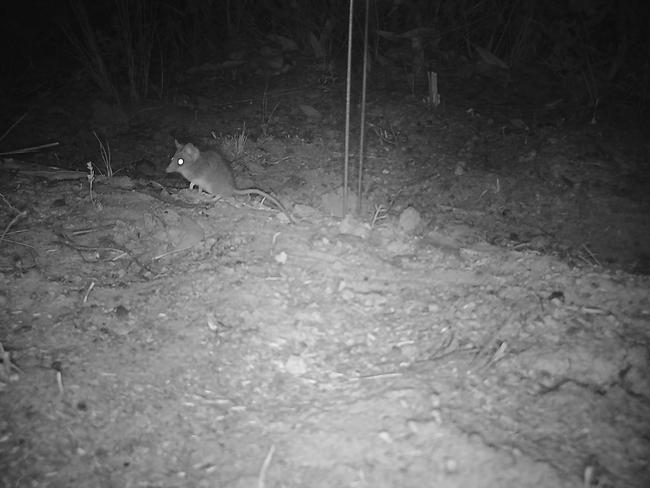
THE 49 SPECIES RECOMMENDED FOR LISTING IN THE REPORT
These species are not currently listed as threatened or endangered, but should be investigated for inclusion on those lists, according to the University of Queensland paper.
The percentage refers to the estimated habitat loss it suffered in the 2019/20 bushfires.
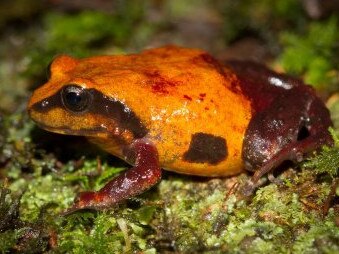
Kate’s leaf-tailed gecko / Saltuarius kateae / 100%
Pugh’s frog / Philoria pughi / 74%
Sphagnum frog / Philoria sphagnicolus / 64%
Short-eared possum / Trichosurus caninus / 64%
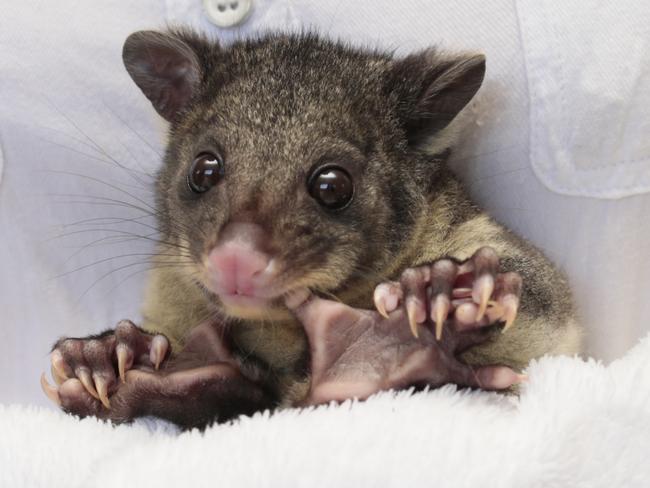
Tyler’s toadlet / Uperoleia tyleri / 58%
New England tree frog (aka glandular frog) / Litoria subglandulosa / 57%
Blue Mountains tree frog / Litoria citropa / 52%
Rüppell’s bat (aka greater broad-nosed bat) / Scoteanax rueppellii / 52%
Red-crowned toadlet / Pseudophryne australis / 47%
Jervis Bay tree frog / Litoria jervisiensis / 47%
Golden-tipped bat / Kerivoula papuensis / 47%
Mustard-bellied snake / Drysdalia rhodogaster / 46%
Pilotbird / Pycnoptilus floccosus / 44%
Rainforest cool-skink (aka beech skink) / Harrisoniascincus zia / 44%
Davies’ Tree-frog / Litoria daviesae / 44%
Barrington Tops frog / Litoria barringtonensi / 44%
New England leaf-tailed gecko (aka Moritz’s leaf-tailed gecko) / Saltuarius moritzi / 44%
Purvis’s turtle / Wollumbinia purvisi / 42%
Fletcher’s frog / Lechriodus fletcheri / 41%
Red-tailed calyptotis / Calyptotis ruficauda / 40%
Alpine meadow-skink (aka alpine water skink) / Eulamprus kosciuskoi / 40%
Greater sooty owl / Tyto tenebricosa / 38%
Mainland she-oak skink Cyclodomorphus michaeli / 38%
Eastern crevice-skink / Egernia mcpheei / 38%
Martin’s toadlet / Uperoleia martini / 37%
Green stream frog / Litoria phyllochroa / 37%
Rockwarbler / Origma solitaria / 37%
Pale-yellow robin / Tregellasia capito / 37%
Bell miner / Manorina melanophrys / 37%
Long-nosed bandicoot / Perameles nasuta / 37%
Superb lyrebird / Menura novaehollandiae / 36%
Granite leaf-tailed gecko / Saltuarius wyberba / 36%

Southern leaf green tree frog / Litoria nudidigitus / 35%
Australian logrunner / Orthonyx temminckii / 35%
Yellow-throated scrubwren / Sericornis citreogularis / 35%
Revealed tree frog (aka whirring tree frog) / Litoria revelata / 33%
Dendy’s toadlet / Pseudophryne dendyi / 33%
Paradise riflebird / Ptiloris paradiseus / 33%
Gully skink / Saproscincus spectabilis / 33%
Orange-tailed shadeskink (aka highland forest skink) / Saproscincus rosei / 33%
Murray’s skink / Eulamprus murrayi / 33%
Mountain frog / Philoria kundagungan 32%
Large-billed scrubwren / Sericornis magnirostra / 32%
Red-browed treecreeper / Climacteris erythrops / 32%
Southern myotis (aka large-footed myotis) / Myotis macropus / 32%
Eastern broad-nosed bat / Scotorepens orion / 32%
Yellow-bellied water skink / Eulamprus heatwolei / 32%
Olive whistler / Pachycephala olivacea / 31%
Black-faced monarch / Monarcha melanopsis / 30%
OTHER SPECIES NAMED IN THE REPORT WHICH SUFFERED HEAVY LOSSES
These species were already listed as threatened or endangered.
The percentage refers to the estimated habitat loss it suffered in the 2019/20 bushfires.

Kangaroo Island dunnart / Sminthopsis griseoventer aitkeni / 98%
Long-footed potoroo Potorous longipes / 82%
Kangaroo Island Glossy black cockatoo / Calyptorhynchus lathami halmaturinus / 78%
Hastings River mouse / Pseudomys oralis / 67%
South Australian Bassian thrush / Zoothera lunulata halmaturina / 63%
Littlejohn’s tree frog / Litoria littlejohni / 62%
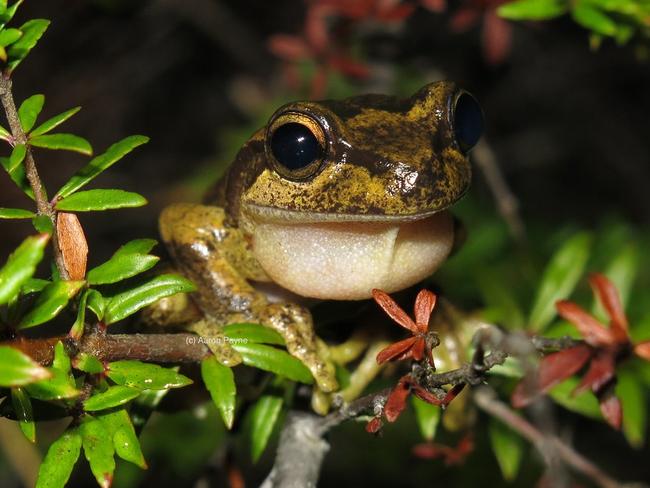
Ruffous scrubbird / Atrichornis rufescens / 58%
Kangaroo Island echidna / Tachyglossus aculeatus multiaculeatus / 56%
Broad-headed snake / Hoplocephalus bungaroides / 55%
Blue Mountains water skink / Eulamprus leuraensis / 54%
Stuttering frog / Mixophyes balbus / 50%
Giant burrowing frog / Heleioporus australiacus / 45%
Eastern freshwater cod (aka eastern cod and Clarence River cod) / Maccullochella ikei / 43%
Eastern bristlebird / Dasyornis brachypterus / 38%
Originally published as Shocking loss: 49 native animals recommended for threatened species list

